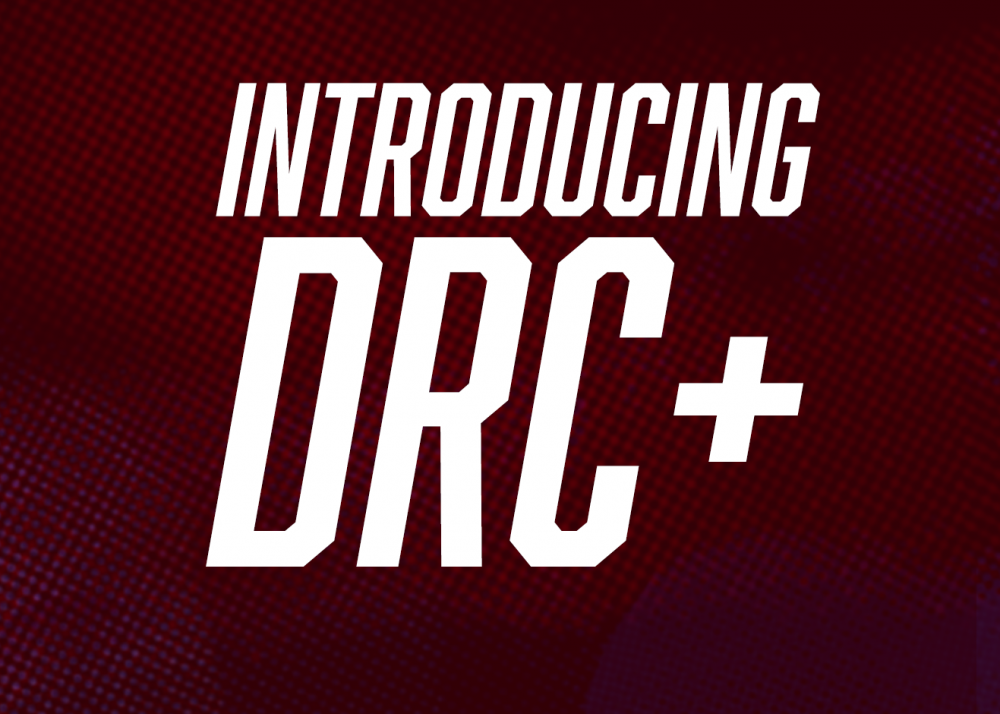
This article is part of the launch for Baseball Prospectus’ new hitting statistic, Deserved Runs Created, which you can learn much more about here.
Why another batting metric? Because existing batting metrics (including ours) have two serious problems: (1) they purport to offer summaries of player contributions, when in fact they merely average play outcomes in which the players participated; and (2) they treat all outcomes, whether it be a walk or a single, as equally likely to be driven by the player’s skill, even though no one believes that is actually true.
DRC+ addresses the first problem by rejecting the assumption that play outcomes automatically equal player contributions, and forces players to demonstrate a consistent ability to generate those outcomes over time to get full credit for them. DRC+ addresses the second problem by recognizing that certain outcomes (walks, strikeouts) are more attributable to player skill than others (singles, triples).
DRC+ gives more weight to extreme performances in the former (because they are more likely to reflect the batter’s actual contribution) and less weight to extreme performances in the latter (because they tend to be flukier). By addressing these two deficiencies in existing metrics, DRC+ ends up being substantially more reliable and predictive for individual hitters than any other baseball hitting metric. That includes wOBA, wRC+, OPS+, and many others you still see used by writers in analyzing baseball performance.
With that said, I think it’s important to say a few words about what DRC+ is not. The fact that DRC+ performs much better than other metrics does not mean that these other metrics—which have served the analytic community reasonably well for many years—somehow are “wrong.” There is no “right” or “wrong” when it comes to player metrics; rather, it is a continuous process of trying to get things “more right” than we had them before.
Recently, we provided an objective benchmark system by which metrics could be compared. What you see in that article is a history of steady forward progress in measuring batter performance, starting with batting average and up until recently culminating in wOBA and wRC+. Just as DRC+ has surpassed existing metrics, at some point in the future, DRC+ may itself be surpassed. When that happens, our analysis should be all the better for it.
Similarly, the fact that DRC+ is much more accurate than other metrics on average does not mean it cannot still have weak spots and areas for improvement. DRC+ is the output of several models, and those models make decisions based on what is expected, not by functioning as some sort of oracle. Rough edges and blind spots are still possible, and we’re actually very interested to hear if you think you have seen any.
Having talked about what DRC+ is and what it is not, let’s conclude by talking about one of our favorite parts: that DRC+ is willing to be uncertain. As with our catcher framing and DRA metrics, DRC+ has specific uncertainty bounds. Mike Trout, for example, in 2018 had a DRC+ of 180, with a standard deviation (plus or minus) of 13 points. So, we are pretty confident Mike Trout was somewhere between 167 and 193, and skeptical about him being in the range beyond that, but are happy to admit he very well could deserve something other than exactly 180. Being honest about uncertainty is an important part of understanding what it means to be accurate.
Essentially, DRC+ is our best estimate for what a hitter produces at the plate, based on how much credit he has shown he deserves for each of the outcomes he participated in. We hope you find this useful also.
Thank you for reading
This is a free article. If you enjoyed it, consider subscribing to Baseball Prospectus. Subscriptions support ongoing public baseball research and analysis in an increasingly proprietary environment.
Subscribe now